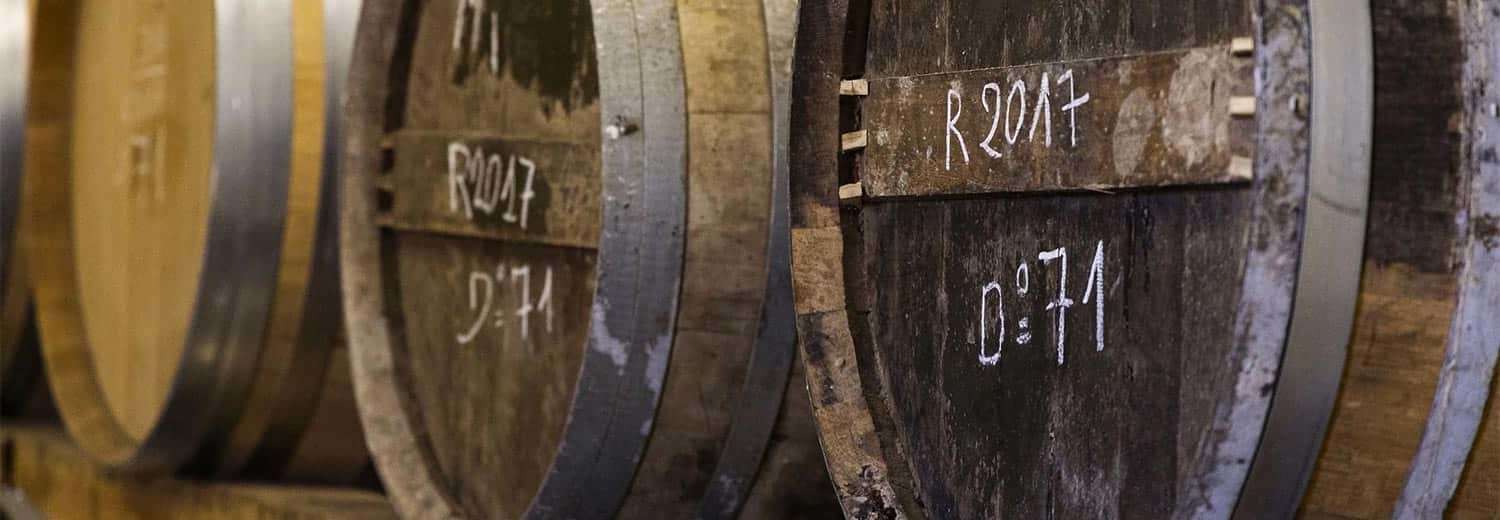Get a Quick, Free Quote
Rated 'Excellent'
on Trustpilot
ECMT International
Removals Permit
British Association
of Removers
Eco Friendly
Removals
Our Removals Service Includes…
For removals to and from Bergerac.
Call Now 0808 175 1966
Bergerac
One of the most popular areas for l’Anglais moving to France is the endlessly pretty Bergerac in the Dordogne.
While absolutely nothing to do with either Cyrano de Bergerac or that TV detective apart from in name, Bergerac is famous for plenty else.
Its sweet wine, café-lined streets and warm climate sees tourists returning again and again and thousands of Brits have been seduced by its charm enough to up stumps and move here. So many have been drawn here to live there is a non-profit Université du Temps Libre running French language classes and cultural activities for expats.
Bergerac is on the northern bank of the Dordogne and is one of the largest towns in the region.
It is classified a town of art and history, and there is plenty of both here – though there are lots of modern day things to do for families.
Visitors make a beeline for the old town – or ‘vieille ville’ to enjoy the little boutiques around Place Pelissiere. Here you find a beautiful square lined with cafes and restaurants, with flowers bursting from all around and a pretty church.
Mediaeval streets surround the square, featuring the half-timbered houses of that era. You can enjoy concerts here during the summer and a Christmas market in the winter.
There are scores of caves and castles here to explore. There’s also a bowling alley, a paint ball centre, a water park and a go-kart track, plus a large swimming lake.
One of the main crops apart from the vines is tobacco, and there is a museum here dedicated to the ‘evil weed’.
Moving away from ‘vieille ville’ there’s a newer shopping area, which sees a large and popular market each Saturday.
One of the main draws here is how much property you can get for your money – a whole lot compared to the UK.
You’d have to deal with a lot of tourists if you moved here. They come for the wine tours, the castles and the boat trips up the Dordogne. They visit the church of Notre Dame and marvel at the statues of Cyrano de Bergerac. Sometimes they browse the estate agents…
The town contains two statues of Cyrano de Bergerac, the subject of a famous play. However apart from the name there is nothing to link the town with the man.
Bergerac is served by the Bergerac-Roumanière airport, with many routes to the UK’s airports.
The town also has a railway station with regular services to Bordeaux and Sarlat-la-Canéda. There’s also a bus service between Bergerac and Périgueux on week days.
History
The remains of a Neolithic village have been found in the Vaures district in Bergerac. Traces of more than 20 homes were discovered, alongside a stone oven, axes, scrapers, punches, knives, sharp arrowheads of Bergerac flint, ceramics, grindstones, polishers and bone tools.
A fifth century cemetery has also been found here, during work to build a ring road in 2012.
Many of the properties in Bergerac’s old town are 14th century. In Albret Street you can see a particularly interesting line of these homes.
In 1345, at the start of the Hundred Years War, the town was stormed by Henry de Grosmont, Earl of Derby .
In 1544, the statue of Notre-Dame was thrown in the Dordogne by Protestants.
In 1565, Charles IX passed through the city during his royal tour of France.
In 1567, the Bergerac bridge was destroyed to prevent Catholic troops from crossing the Dordogne.
At the end of December 1569, Clermont de Piles took the city back, killing the Catholic garrison in the process.
In 1577, during the Wars of Religion a truce was signed in Bergerac called La Paix du Bergerac.
Historically, there have long been battles between the Catholics and the Protestants here. The Catholics may have won more, as their churches are more numerous!
Service
Give us a call on 0800 917 1015 or email enquiries@armishaws.com for a keen quote – we will take the strain and you can relax, knowing our teams will take good care of your move.
Move anywhere in the UK or Europe knowing our large fleet of vehicles will get your items there on time and intact. We have 50 full-time staff who have all been trained to the highest standard.
Armishaws prides itself on the high standards of its staff and practices – we have held the BSEN 12522 certificate since 1999.
Why Choose Armishaws
- We’ll move you a mile up the road or to the other side of the continent
- Part loads no problem
- We ship all over the world
- We are experienced in moving people to France, Spain and Portugal
- We offer storage
- Bespoke service
- We can pack for you!
- Nearly 50 years in business
- Free surveys and fast quotes
For Free Advice and a Quotation call 0800 917 1015
Why move to Bergerac?
You’ll be in good company, with thousands of other Brits to play with. The area is welcoming to expats and you can find lovely, spacious properties for a fraction of the equivalent in the UK.
Properties in Bergerac
To see property for sale in Bergerac visit french-property.com.
Transport Links
Bergerac is served by the Bergerac-Roumanière airport, with many routes to the UK’s airports.
The town also has a railway station with regular services to Bordeaux and Sarlat-la-Canéda. There’s also a bus service between Bergerac and Périgueux on week days.
Local Events
There are lots of events held here, including antiques fairs and car boot sales, wine tours and exhibitions of all kinds.
Schools near Bergerac
Bergerac in the Bordeaux Académie, which covers the entire Aquitaine Region. The main high school is Lycée Maine de Biran. Other high schools in the town include the private school Institution Sainte Marthe – Saint Front, Lycée Jean Capelle and Lycée Profesionelle de l’Alba.
There is also the ‘free time university’ to help you brush up on your French.














